
-
Find the right food for your petTake this quiz to see which food may be the best for your furry friend.Find the right food for your petTake this quiz to see which food may be the best for your furry friend.Health CategoryFeatured products
 Adult Large Breed Chicken & Barley Recipe Dog Food
Adult Large Breed Chicken & Barley Recipe Dog FoodSupports healthy joints, lean muscle, and beautiful coat for large breed dogs
Shop Now Hill's Science Diet Adult Healthy Mobility Large Breed Chicken Meal, Barley & Brown Rice Recipe Dog Food
Hill's Science Diet Adult Healthy Mobility Large Breed Chicken Meal, Barley & Brown Rice Recipe Dog FoodAdvanced nutrition shown to support joint health and improve mobility
Shop Now Adult Light Large Breed Chicken Meal & Barley Recipe Dog Food
Adult Light Large Breed Chicken Meal & Barley Recipe Dog FoodFewer calories for less active large breed dogs
Shop NowFeatured products Adult Perfect Digestion Chicken, Barley & Whole Oats Recipe Cat Food
Adult Perfect Digestion Chicken, Barley & Whole Oats Recipe Cat FoodHill's Science Diet's breakthrough nutrition supports ultimate digestive well-being & healthy microbiome
Shop Now Adult Oral Care Chicken & Brown Rice Recipe Cat Food
Adult Oral Care Chicken & Brown Rice Recipe Cat FoodClinically proven kibble technology to reduce plaque & tartar build-up
Shop Now Adult Sensitive Stomach & Skin Pouch Variety 12 Pack Cat Food, Chicken & Beef, Salmon & Tuna
Adult Sensitive Stomach & Skin Pouch Variety 12 Pack Cat Food, Chicken & Beef, Salmon & TunaCarefully made, gourmet daily nutrition. Tasty chunks with Salmon & Tuna in a decadent gravy. Supports digestive health, nourishes skin and promotes a lustrous fur.
Shop Now -
DogCat
- Cat Tips & Articles
-
Health Category
- Weight
- Skin & Food Sensitivities
- Urinary
- Digestive
- Kidney
- Dental
- Serious Illness
-
Life Stage
- Kitten Nutrition
- Adult Nutrition
Featured articles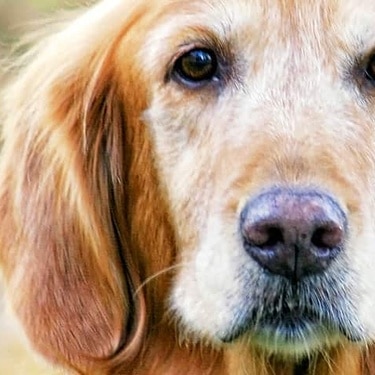 Adopting a Pet: What You Need to Know
Adopting a Pet: What You Need to KnowLearn the basics of adopting a pet, including where to begin and common questions you should ask yourself when deciding which kind of pet is best for you.
Read More Fun Ideas for Kids and Pets This Summer
Fun Ideas for Kids and Pets This SummerOutdoor summer activities with your dog or cat can be fun for kids, too. Learn how they also teach kids responsibility & creates a bond with their pet.
Read More Cat vs. Dog: Which Is the Best Pet for Me?
Cat vs. Dog: Which Is the Best Pet for Me?Learn about important differences between dogs and cats, such as cost & space considerations. These factors can help you decide which pet is best for you.
Read More -


The key to your dog interacting with other dogs, or socialization, is familiarity and experience. You should expose your dog to as many positive experiences, with as many different people, places and animals as you can.
Is your dog calm, confident and controllable when he is interacting with other dogs or people? Some dogs display curious personality quirks. They're afraid of people wearing gloves or men with beards. Some bark ferociously when they see another dog or are terrified to get into a car.
Socialization aims to correct this behaviour in dogs. It's a process that should begin when a dog is young but continue throughout adult life. Even a dog that has been adopted as an adult can benefit from socialization training.
Familiarity breeds success
The key to socialization is familiarity and experience. You want to expose your dog to as many positive experiences, with as many different people, places and animals as you can.
Simple repeated exposure is not enough, the experience your dog has while in these new situations must be positive. So, inviting a friend's children over to let your dog get used to them won't be helpful if they pinch and poke him or make him frightened.
Catch them young
When your dog is still young, training school and puppy parties in your home and vet clinic are a fantastic opportunity for your dog to become friends with other dogs. Resist the temptation to coddle nervous dogs or reprimand overly rowdy ones. Dogs are social animals and need to learn about interacting with each other, not surprisingly, the best way to do this is through interacting!


Tasty Tips
Let them meet people of all shapes, sizes and ages and have some treats ready to help reward good behaviour. Remember to never leave your dog alone with toddlers or infants. Very young children might hurt or frighten him without meaning to and if your dog is startled or feels uncomfortable it might turn on them.
Change the route of daily walks and take your dog places he's unused to. The more he experiences, the more comfortable he will be in out of the ordinary situations.
You are the leader
Dog's instinctually have a strong sense of hierarchy and you should always be at the top. He needs to know you are confident and unafraid before he can be unafraid.
If you're trying to make your dog at ease around larger animals but you yourself are nervous, then stop. You'll do more harm than good until you can demonstrate you're comfortable with the situation.
A simple but effective way to help him become socialized is to keep his attention on you while he is in a situation he is unsure of. Your dog recognizes you as the leader of the pack because you're strong and competent and will take comfort from the fact that the leader will take care of things.
Professional help
If your dog is displaying aggressive behaviour, don't hesitate to look for professional help. An aggressive reaction isn't necessarily the sign of a bad dog but it needs to be addressed quickly. Talk to your vet, who will be able to recommend a behaviour specialist.


One of our staff authors prepared this article for you
Related products

Fewer calories for less active dogs

Fewer calories for less active large breed dogs

Advanced nutrition shown to support joint health and improve mobility

Supports healthy joints, lean muscle, and beautiful coat for large breed dogs
Related articles
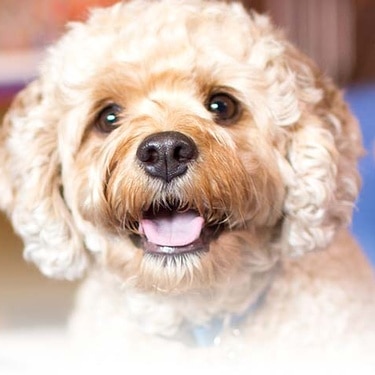
Learn about choosing the right dog food to help ensure your mature older dog will receive the correct balance of nutrition.
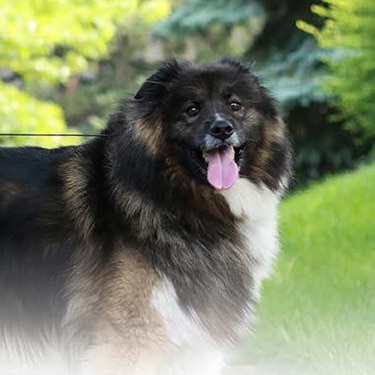
A little exercise can make a big difference. Not only will it enhance your pet’s health, but it will beef up your relationship as well.
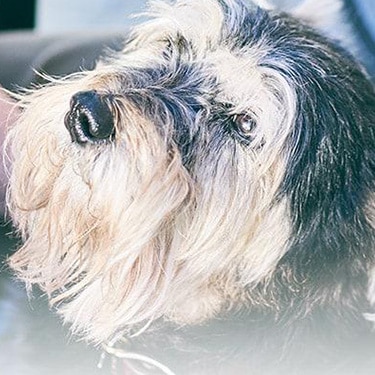
Though it may seem like your four-legged friend loves nothing more than to nap on the couch, dogs need regular exercise to stay healthy just like people do.
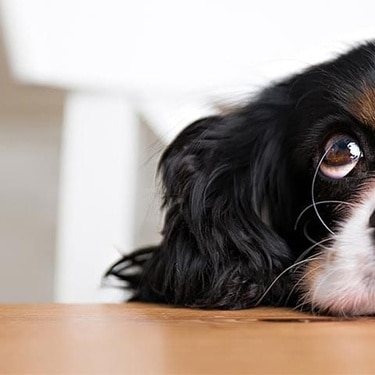
Learn how to stop your dog from begging at the dinner table, and understand how it can help contribute to his health.

Put your dog on a diet without them knowing
Our low calorie formula helps you control your dog's weight. It's packed with high-quality protein for building lean muscles, and made with purposeful ingredients for a flavorful, nutritious meal. Clinically proven antioxidants, Vitamin C+E, help promote a healthy immune system.
Put your dog on a diet without them knowing
Our low calorie formula helps you control your dog's weight. It's packed with high-quality protein for building lean muscles, and made with purposeful ingredients for a flavorful, nutritious meal. Clinically proven antioxidants, Vitamin C+E, help promote a healthy immune system.

